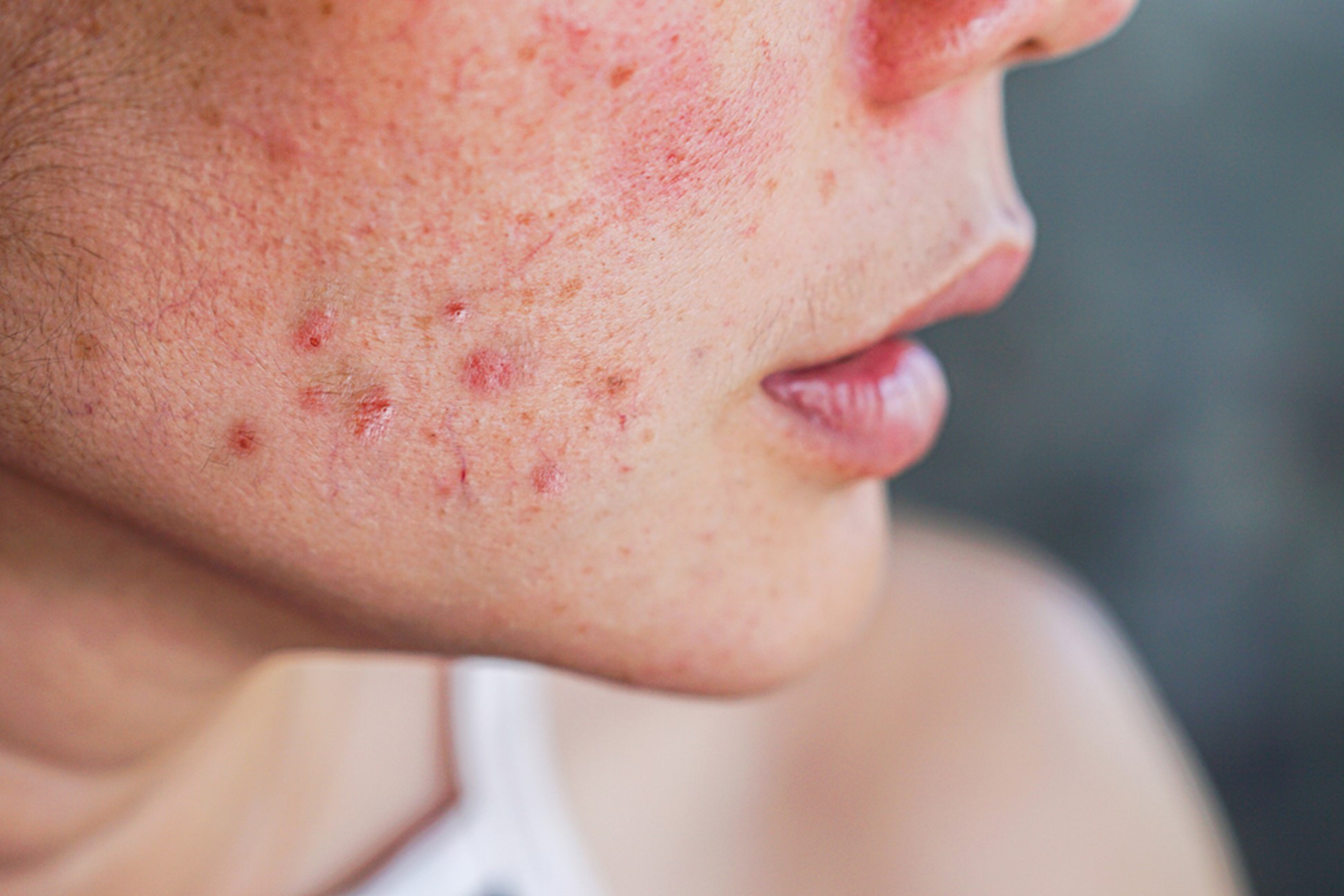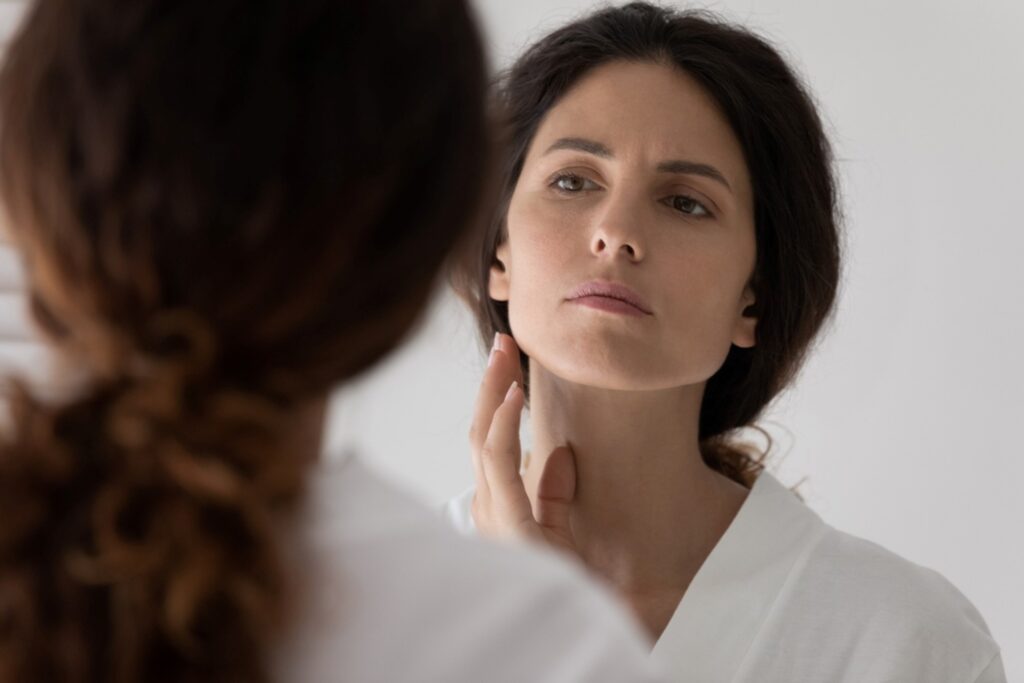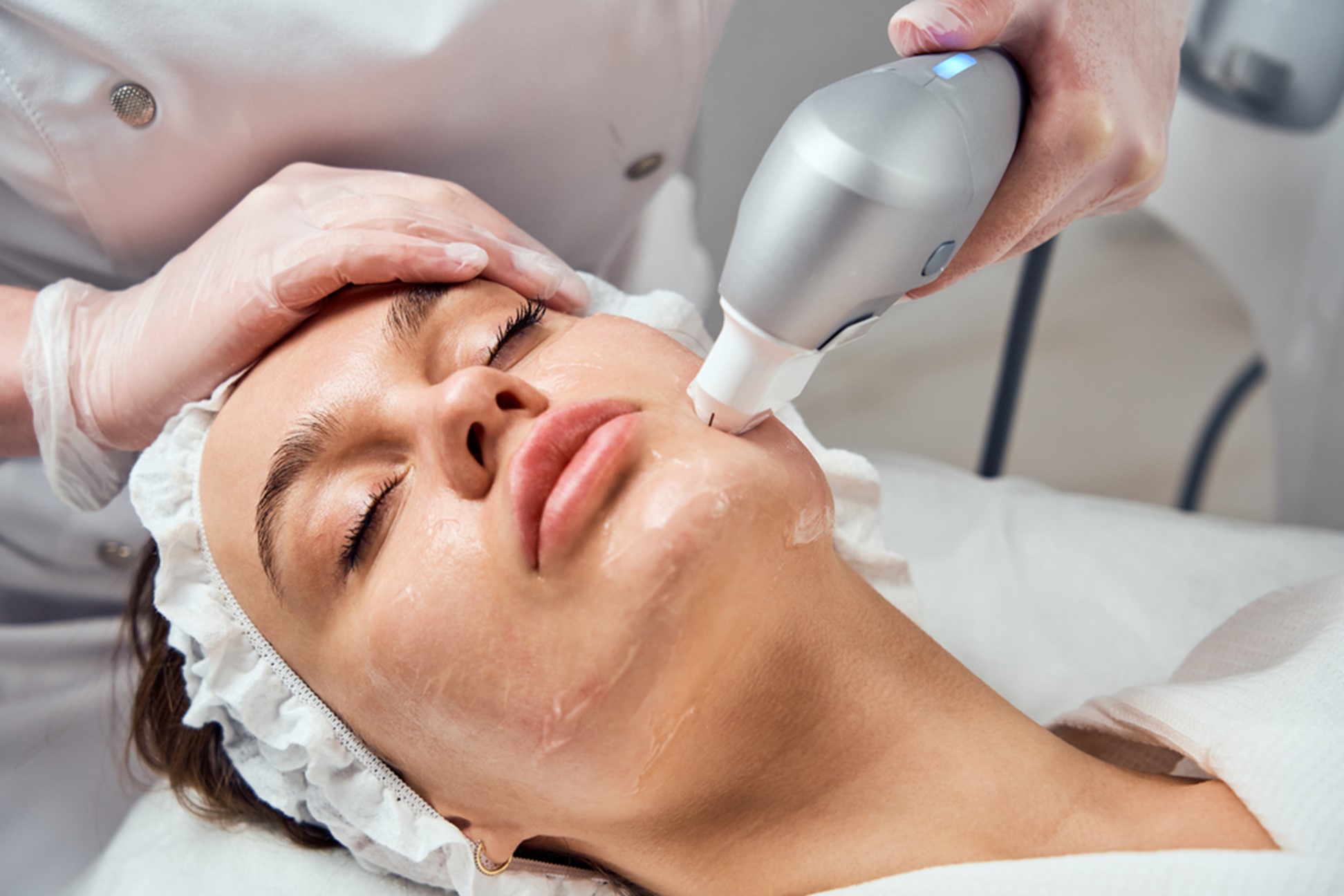
Hormonal Conditions that Cause Acne
Are you suffering from relentless bouts of acne that just don’t seem to get better regardless of what you do? Well, you’re not alone. Acne is a common skin condition that affects millions of people worldwide, transcending age, gender, and ethnicity. While several factors contribute to the development of acne, hormonal imbalances play a significant role in triggering and exacerbating this condition, regardless of whether you are a man or woman. As such, understanding the interplay between hormones and acne is crucial for effective treatment and management of this common skin concern.
In this blog, we will explore the connection between hormonal conditions and acne, shedding light on the internal dialogue that occurs within our bodies and its impact on our skin’s health. By understanding these hormonal intricacies, we can gain valuable insight into the root causes of acne and take proactive steps towards achieving clearer, healthier skin. Read on to find out more.
1. Androgens
Androgens, a group of male sex hormones that include testosterone, DHEA, and DHT, are primarily responsible for stimulating the sebaceous glands in the skin. When androgen levels are elevated or the sebaceous glands become hypersensitive to androgens, there is an increase in sebum production. Excessive sebum production can lead to oily skin, clogged pores, and an ideal environment for acne-causing bacteria, particularly Propionibacterium acnes. These bacteria thrive in the clogged hair follicles, leading to the development of inflammatory acne lesions.
It is important to note that while androgens are commonly associated with male sex hormones, they are present in both males and females, albeit in different concentrations. Both men and women have androgen receptors in their skin, making them susceptible to the effects of androgens on acne development. In women, hormonal fluctuations throughout the menstrual cycle can lead to temporary increases in androgen levels. In men, hormonal imbalances or disorders such as anabolic steroid use or certain medical conditions, can also influence androgen levels and contribute to acne development.
2. Polycystic Ovary Syndrome (PCOS)
Polycystic Ovary Syndrome (PCOS) is a hormonal disorder that affects around 8-13% of women of reproductive age. It is characterised by elevated levels of androgens, insulin resistance, and ovarian cysts. The excess androgens produced in PCOS can cause the sebaceous glands to become overactive, leading to the development of acne. As such, it is not uncommon for women with PCOS to often experience acne on areas such as the face, chest, and back. Additionally, PCOS-related hormonal imbalances can also contribute to increased inflammation in the body. Inflammation plays a role in acne development by exacerbating the clogging of pores and promoting the growth of acne-causing bacteria, which can lead to more severe and persistent acne breakouts.
3. Menstrual Cycle Fluctuations
Menstrual cycle fluctuations can contribute to the development of acne in women due to hormonal changes that occur during different phases of the menstrual cycle. The two primary hormones involved in these fluctuations are oestrogen and progesterone, which play a key role throughout the different phases of the menstrual cycle. In the days leading up to menstruation, progesterone levels increase, while oestrogen levels decrease. This hormonal shift can trigger the production of excess sebum, leading to clogged pores and acne. Some women may also notice a pattern of acne flare-ups around specific times of their menstrual cycle. Additionally, the menstrual cycle can also contribute to the development of cystic acne in some women — a severe form of acne characterised by large, deep, painful, and inflamed nodules or cysts beneath the skin’s surface. These cysts can be persistent and take longer to heal compared to other types of acne lesions.
4. Adrenal Disorders
Adrenal disorders can contribute to the development of acne due to their impact on hormonal balance within the body. Two adrenal disorders that are commonly associated with acne are Cushing’s syndrome and congenital adrenal hyperplasia (CAH).
Cushing’s syndrome is a disorder characterised by excessive production of cortisol, a hormone produced by the adrenal glands. Cortisol is known as a stress hormone, and elevated levels of cortisol can influence the development of acne by increasing sebum production, promoting inflammation and weakening the immune system.
Congenital Adrenal Hyperplasia (CAH), on the the hand, is a group of genetic disorders that affect the adrenal glands’ ability to produce certain hormones, including cortisol. In CAH, there is a deficiency of certain enzymes involved in hormone synthesis, leading to imbalances in hormone levels, including elevated androgen levels that can contribute to acne breakouts.
5. Steroid Hormones
Certain medications and medical conditions involving steroid hormones can disrupt the delicate hormonal balance in the body, leading to acne as a side effect. Steroid medications, such as corticosteroids and anabolic steroids, can trigger acne breakouts by stimulating sebum production that creates an environment favourable for the growth of acne-causing bacteria. Furthermore, glucocorticoids like cortisol influence the body’s inflammatory response which can worsen acne symptoms and lead to the formation of inflamed acne lesions.
It’s important to note that the effects of steroid hormones on acne can vary depending on factors such as the specific hormone involved, the dosage used, and the duration of use. Certain individuals may be more prone to developing acne as a result of steroid hormone use due to genetic predispositions or other factors. Discussing any concerns with a healthcare professional, such as a dermatologist or endocrinologist, can help ensure proper management and minimise the impact on your skin health.
6. Thyroid Disorders
Lastly, thyroid disorders, including hypothyroidism and hyperthyroidism, can impact hormone levels and influence the occurrence of acne. Hypothyroidism, characterised by an underactive thyroid gland, can lead to decreased metabolism and hormonal imbalances, potentially contributing to acne. Hyperthyroidism, on the other hand, involves an overactive thyroid gland, which can cause increased sebum production and acne flare-ups. However, not all individuals with thyroid disorders will experience acne, and the severity and pattern of acne can vary among individuals. Other factors such as genetics, lifestyle, and skincare habits can also influence acne development.

Tips For Reducing Hormonal Acne
Reducing hormone-induced acne involves a multifaceted approach that aims to balance hormones, manage inflammation, regulate sebum production, and maintain a healthy skincare routine. Here are some strategies to help reduce hormone-induced acne:
Consult with a Healthcare Professional: If you suspect your acne is primarily hormone-induced, it’s advisable to consult with a healthcare professional or dermatologist. They can evaluate your specific situation, identify any underlying hormonal imbalances or conditions, and recommend appropriate treatments or medications.
Skincare Routine: Establish a consistent and gentle skincare routine to keep your skin clean and healthy. Use a mild, non-comedogenic cleanser to remove dirt, oil, and impurities without stripping the skin.
Avoid Harsh Products: Steer clear of harsh cleansers, scrubs, or products containing excessive fragrances or irritants, as they can aggravate acne-prone skin.
Topical Treatments: Over-the-counter or prescription topical treatments such as Benzoyl Peroxide, Retinoids and Salicylic Acid can help reduce acne symptoms.
LED Light Therapy: Consider professional or at-home LED light therapy, specifically blue light therapy, which can help kill acne-causing bacteria and reduce inflammation. Blue light is effective in killing the bacteria Propionibacterium acnes (P. acnes), a common bacterium that contributes to acne formation by infecting clogged hair follicles and causing inflammation. Alternatively, red LED can be used for anti-ageing, scarring and pigmentation and infrared LED is great for healing and rejuvenating
How We Can Help
At Medical Aesthetic, our experienced team of skin therapists utilise advanced LED technology to target acne-causing bacteria and reduce inflammation, providing effective relief for hormonal acne.Take advantage of this non-invasive, scientifically validated treatment to restore clarity to your skin and enhance your self-assurance.
If you’re ready to witness the transformative effects of LED light therapy firsthand, don’t hesitate to schedule your consultation today. Your path to healthier, blemish-free skin is just a phone call away.





